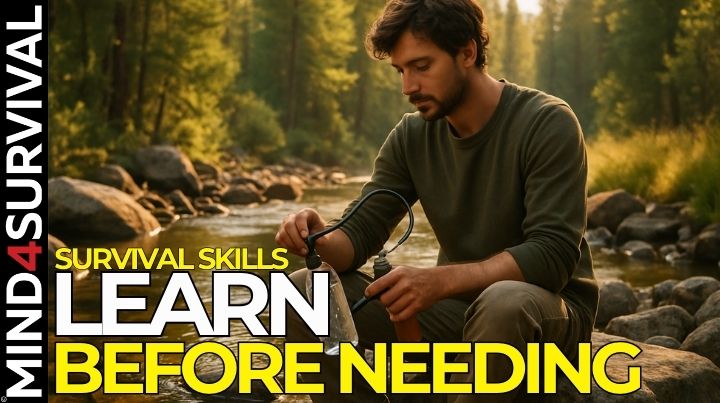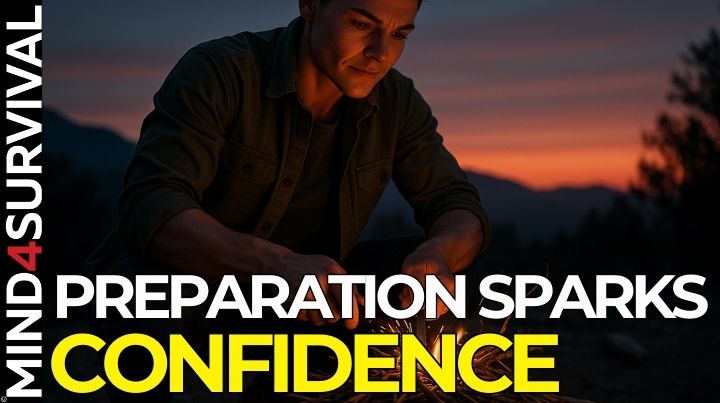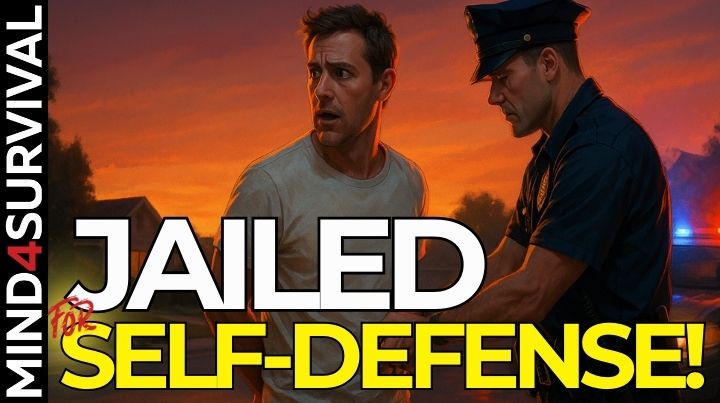10 Survival Skills to Learn Before You Need Them

A disaster can strike any time so learning what to do in an emergency is best accomplished before anything happens. Whether you face a power outage, economic collapse, or getting lost in the wild, these 10 survival skills could help you and your family survive the emergency without panicking. Learn them now—before you actually need them.
1. Purify Water
According to the survival rule of three, a person can survive three minutes without air, three hours without shelter, three days without water, and three weeks without food. Water is essential to life, and drinking contaminated water can make you sick or even kill you.
Learn to purify water using the following methods:
- Boil water at a rolling boil for at least one minute.
- Use water purification tablets.
- If you are in the wild, you can build a water filter using what you have such as a bandanna, sand, charcoal, and gravel. This will filter out solids but not purify the water. You will need to boil the water after you filter it.
- Plan ahead and buy a water purifying system such as the Berkey.
Quick Tip: Always have a backup method for purifying water, even if you have a filtration device.
2. Build a Fire
Fire provides warmth, light, and a way to cook food. If you don’t have matches or a lighter, you should:
- Stock up on matches and lighters so you can make a fire. Add a firestarter to your stockpile while you’re at it. You can even make firestarters by slathering petroleum jelly on cotton balls and storing them in an airtight container.
- Learn to make a campfire using twigs, branches, and other combustible materials.
- Learn how to create a spark with flint and steel, or use a ferro rod or magnesium fire starter.
QuickTip: Keep a waterproof fire-starting kit in your survival bag.

3. First Aid and Wound Care
A medical emergency in a survival situation can be life-threatening. Learn basic first aid:
- Stop heavy bleeding using a tourniquet or pressure bandage
- Treat burns, cuts, and sprains.
- Perform CPR and basic wound stitching
- Recognize and treat dehydration, shock, and hypothermia
QuickTip: Take a certified first aid course and keep a well-stocked first aid kit handy. I also keep a survival first aid book such as The Prepper’s Medical Handbook by William K. Forgey, MD.
4. Food Foraging and Wild Edibles
Knowing what plants are edible in your area is a great skill in case your food supply runs out. Learn to:
- Identify edible plants in your region
- Recognize poisonous plants (like hemlock and nightshade)
- Harvest nuts, berries, and roots safely
- Trap small game or fish (where legal)
Quick Tip: Some poisonous plants may resemble edible ones. Don’t rely on books or online advice, it’s best to take a foraging course with an experienced instructor.
5. Basic Self-Defense
Whether dealing with an attacker or a wild animal, self-defense is crucial. Learn:
- Hand-to-hand combat basics (strikes, blocks, and escape moves)
- How to use everyday objects as weapons
- The basics of firearm safety and use (if legally permitted)
- Situational awareness to avoid threats
Quick Tip: Take a self-defense course and practice regularly.

6. Navigating Without GPS
Learn to find your way without your phone’s GPS, in case you’re unable to get connected. Learn to:
- Read a traditional map and use a compass
- Use the sun and stars for direction
- Identify natural landmarks for orientation
- Estimate distance traveled without electronic devices
QuickTip: Always carry a small compass and a detailed paper map of your area.
7. Build a Shelter
Exposure to harsh weather can be deadly. Learn to build a shelter:
- A basic lean-to from branches and leaves
- A debris hut for insulation in cold climates
- A tarp or poncho shelter for rain protection
- An underground survival cache for emergencies
QuickTip: Always carry a space blanket or emergency bivvy in your survival kit.
8. Knot Tying and Rope Skills
Knowing how to tie different knots can be essential for securing shelters, climbing, and making tools. Learn:
- The bowline (for making secure loops)
- The clove hitch (for securing objects)
- The square knot (for joining two ropes together)
- The trucker’s hitch (for creating tension in a rope)
Quick Tip: Practice tying knots until they become second nature.
9. Communication Without Phones
When the power grid goes down, traditional communication methods won’t work. Learn to:
- Use a whistle or signal mirror for long-distance alerts
- Send distress signals (SOS in Morse code: … — …)
- Utilize ham radio or CB radio for emergency contact
- Leave trail markers for others to find you
Quick Tip: Keep a small signal mirror and whistle in your go-bag.
10. Bartering and Trade Skills
In a survival situation, money may become useless. Your skills and items will become your currency. Learn barter skills:
- What essential goods are valuable for trade (food, fuel, ammo, medical supplies)
- How to negotiate effectively
- How to develop skills that make you valuable (medicine, mechanics, blacksmithing)
- How to recognize fair trades and avoid scams
Quick Tip: Stockpile small, valuable items like lighters, batteries, and over-the-counter medicine for barter.
Survival isn’t just about having the right gear—it’s about knowing how to use it. Mastering these 10 essential survival skills will help you stay prepared, confident, and self-sufficient in any crisis. Start learning now so you’ll be ready before a disaster happens.
Which of these skills have you practiced? Leave a comment below.
Want to take your preparedness further? Get the Mind4Survival book on Amazon.
Additional Resources
Related Articles
FREE Guide
Read the Best Seller
Join Mind4Survival
Stay informed by joining the Mind4Survival! 100% Secure! 0% Spam!
Affiliate Disclosure...
Mind4Survival is a free, reader-supported information resource. If you make a purchase through our link, we may, at no cost to you, receive an affiliate commission.
Do You Want To Be Ready No Matter What?

Download our free 39-page guide with interactive, 7-Day Emergency Kit Checklist and take the first step toward real preparedness.
- Know exactly where to start.
- Save time and money.
- How-to build a complete Basic Emergency Kit.
- Level up your safety and security.
Join Mind4Survival
Stay informed by joining the Mind4Survival! 100% Secure! 0% Spam!





